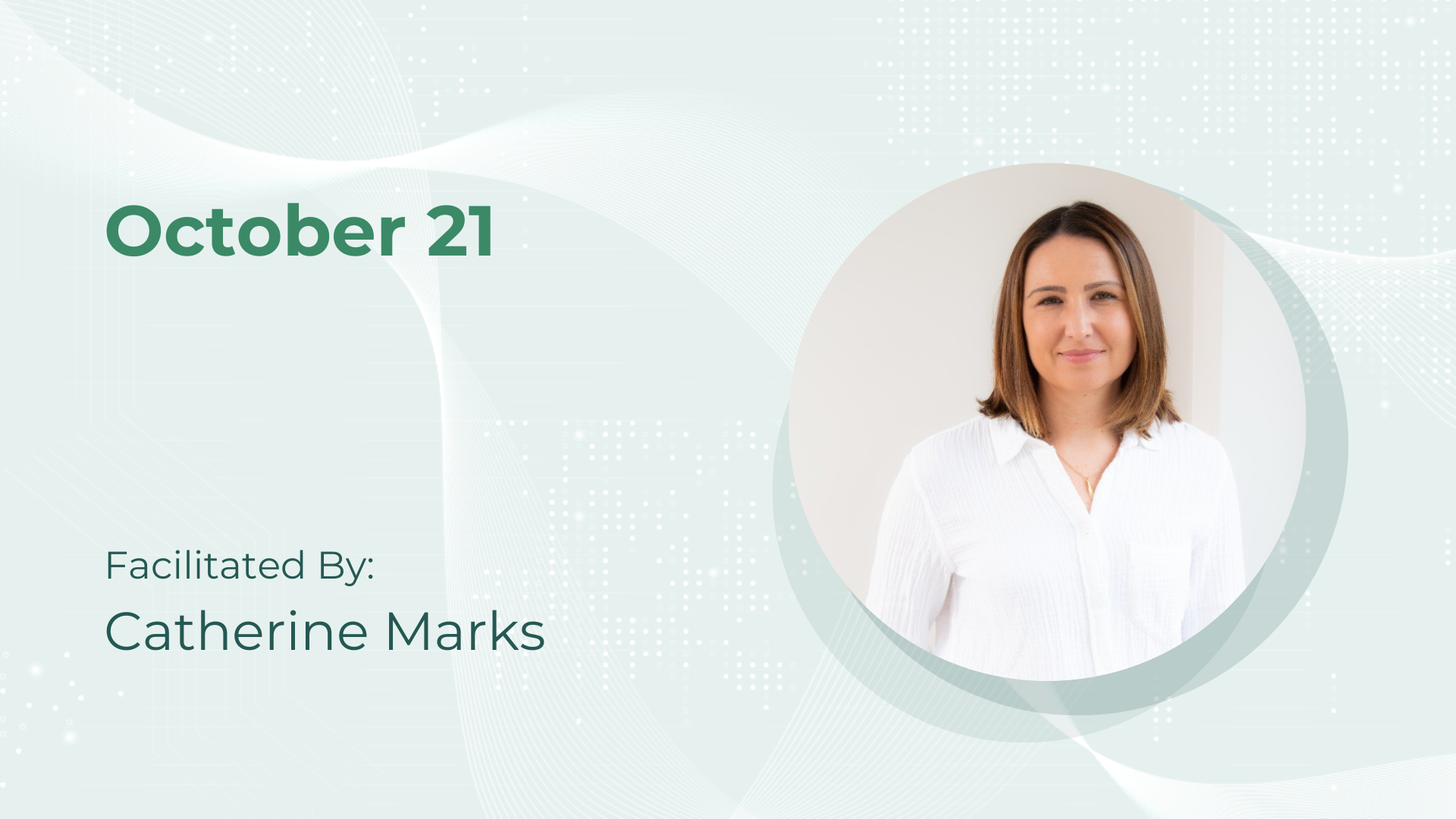Forecasting

Forecasting is one of FP&A’s most powerful tools—when done well, it drives timely decisions, highlights business risks early, and creates a forward-looking culture. This session equips finance professionals with a practical, structured approach to forecasting that’s responsive, collaborative, and strategically aligned.
Participants will explore rolling forecasts, scenario techniques, and communication strategies that shift forecasting from a numbers exercise to a value-adding business process. You’ll learn how to streamline updates, focus attention on what matters, and confidently lead conversations about performance, uncertainty, and next steps.
You’re welcome to join just this workshop, but for a deeper dive, we recommend registering for the full program.
- Tuesday, October 21, 2025
- 3:00 pm - 5:00 pm BST (10:00 am - 12:00 pm EDT)
- Field of Study: Finance 2 CPE Credits (2 CPD Hours)
Testimonials







Overview
What we Cover:
- When and how to use forecasting vs. planning or budgeting
- Setting up rolling forecasts that extend visibility beyond year-end
- Forecasting techniques that support agile decision-making
- Preparing finance teams to lead effective performance conversations
- Tools to simplify data inputs and reduce time spent on manual updates
- Applying scenario thinking to model uncertainty and trigger action
The Challenges:
- Forecasts that lag behind real-world changes
- Inconsistent inputs or disconnected assumptions
- Difficulty aligning short-term updates with long-term goals
- Business partners focused on precision instead of direction
- Limited capacity to adjust quickly when conditions shift
The Barriers:
- Lack of structure around forecast ownership and accountability
- Overcomplicated models that make iteration difficult
- Poor visibility into risks and sensitivities
- Fragmented data sources and reliance on spreadsheets
- Unclear linkage between forecast outputs and business impact
Learning Objectives:
By completing this course, participants will:
- Build rolling and event-driven forecasts tailored to business needs
- Lead forecasting cycles that improve speed, focus, and impact
- Use variance analysis to surface root causes and inform decisions
- Communicate uncertainty with confidence through scenarios and ranges
- Balance expert judgement with simple, scalable modelling techniques
Business Benefits:
- Faster reaction to performance trends and external risks
- Forecasts that support—not slow—commercial agility
- Better conversations between finance and the wider business
- Greater trust in finance to steer strategic course corrections
- Improved integration between financial forecasting and operational planning
Facilitator

Catherine Marks
Catherine led the O2 FP&A team through its merger with Virgin Media.
Prerequisites: Must have a basic understanding of FP&A.
Advanced Preparation: No advanced preparation is required
Program Level: Basic
Delivery Method: Group Live
Registration Closed
- October 21, 2025
- Included in Premium Membership
Unlock Full Access with Premium Membership
- A vast library of on-demand courses
- Interactive simulators for hands-on practice
- Exclusive live workshops
- Join today and start learning instantly!

